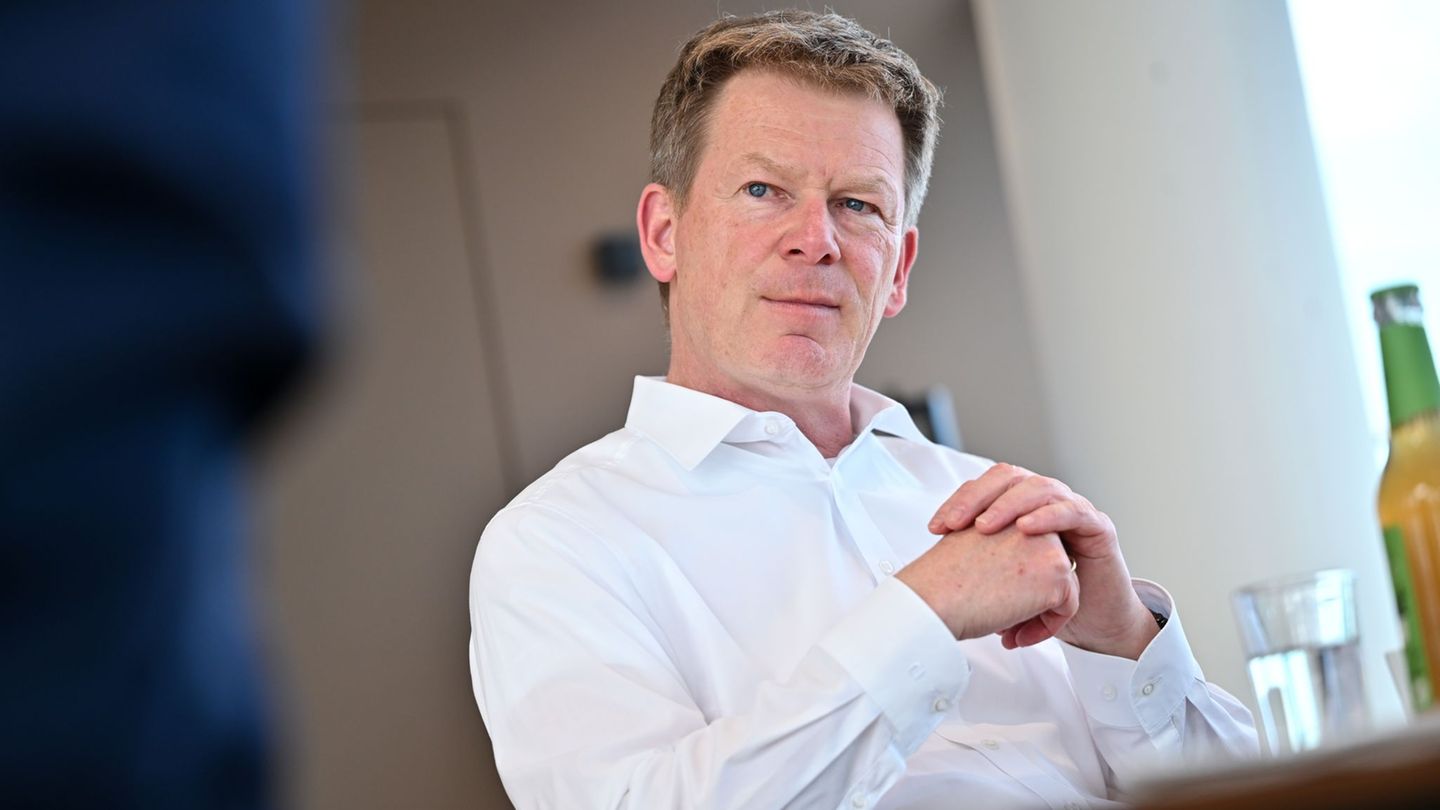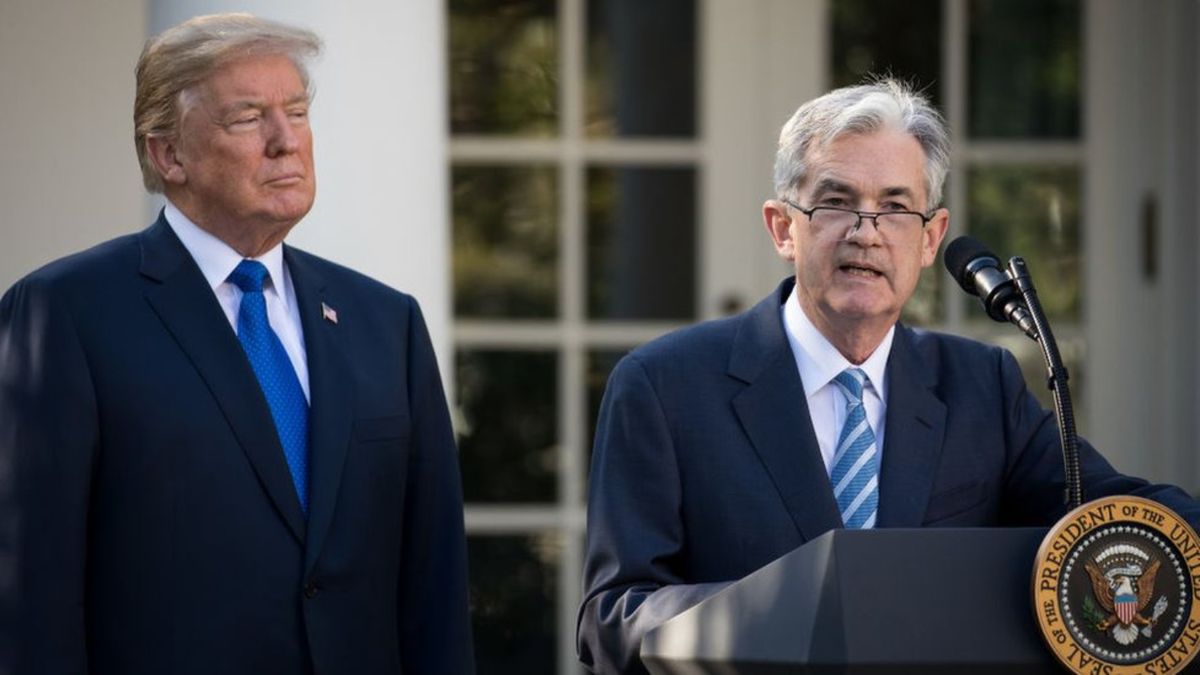As has been a tradition for three decades now, the reserve managers of the world’s main central banks meet in the Swiss Alps to discuss the current situation and global prospects. In this kind of spiritual retreat, the managers not only analyse what is happening and what may happen, but also take the opportunity to “exchange figurines” about how they are managing international reserves and recent trends in reserve management. The host is the Union of Swiss Banks (UBS) in the exclusive Wolfsberg, and according to a survey by the UBS asset manager, the central bank reserve managers continue to diversify holdings despite market volatility, while recognizing that both geopolitics and rising public debt are beginning to have an impact.
To get an idea of who is going, it is enough to mention who was in the party, among the speakers, Axel Weber (former Chairman of UBS), Jacob Frenkel (former Governor of the Bank of Israel), Barry Eichengreen (University of Berkeley), Partha Dasgupta (University of Cambridge), Paul Donovan (UBS Global Chief Economist), Manoj Pradhan (Talking Heads Macroeconomics) and Tao Wang (UBS China Chief Economist).
Optimism for a soft landing
According to Massimiliano Castelli and Philipp Salman, both directors of UBS, reserve managers were optimistic about the economic and financial outlook. The survey conducted before the event showed that Two-thirds of respondents believe a soft landing is the most likely scenario, and only 11% believe the United States will suffer a recession. Most (71%) expect US retail inflation to reach between 2% and 3% by mid-2025, and expect Federal Reserve (Fed) interest rates to be between 3% and 4%.
There was also optimism about central banks’ ability to control inflation without causing too much pain to growth. “After the 2021-23 lull, when rising inflation and interest rates impacted reserve managers’ portfolios and a positive correlation between stocks and bonds called into question the ideas behind portfolio diversification, The trend towards greater diversification of reserves resumed in 2024“, explain the directors of UBS.
According to the survey, higher expected returns in fixed income make this asset class the most attractive at the moment. Unlike the previous regime, characterised by quantitative easing (QE) and low yields, asset managers are better placed to meet their main investment objective of capital protection by investing in fixed income markets. “However, they have learned the benefits of diversification and there is still an appetite for listed equities. Over the long term, a well-diversified portfolio in public markets remains considered the most resilient investment strategy.“, they point out.
Growing concern about geopolitics
But optimism about the economic and financial outlook contrasts with growing concerns about geopolitics: the biggest risk remains a further escalation of conflicts. Almost all respondents believe that the world is heading towards greater fragmentation and a multipolar system.Half of respondents believe that the conflict between Russia and Ukraine will end only after 2026, but the vast majority believe that there will be no direct confrontation between NATO and Russia in the next five years.
In addition, the French elections have been a source of volatility in European bond markets and are raising concerns about the upcoming US presidential election. Most respondents expect a Donald Trump victory to lead to more geopolitical confrontations, with a further deterioration of relations with China, a weakening of NATO and an increase in global protectionism. On the economic front, a Trump victory is expected to lead to lower interest rates, higher public deficit levels and higher stock prices, but also higher inflation rates compared to a Democratic victory, according to a UBS survey.
The unsustainability of public debt is a growing concern as its rise will put pressure on central banks when it comes to monetary policy. “So far, central bank demand for government bonds remains strong, and in particular for US Treasuries, given the expected high returns. But if long-term interest rates rise as risk premiums increase and volatility increases, demand could slow and liquidity could contract,” they warn. Therefore They believe the US presidential election is likely to be a source of volatility as neither Democrats nor Republicans appear to be overly concerned about rising public debt levels.
Gold is resurrected by geopolitical trends
According to Castelli and Salman, rising demand for gold is also linked to growing geopolitical concerns, as reserve managers are looking for macroeconomic hedges and diversifiers that offer them greater control. “One third of reserve managers are concerned about the militarization of foreign exchange reserves. The political decision to use the proceeds from the frozen assets of the Central Bank of Russia to finance Ukraine increases the risk that foreign exchange reserves will no longer be considered a safe haven. Thus, gold, an asset that central banks largely hold for historical reasons linked to the time when it was a pillar of the global financial system, is being resurrected by geopolitical trends. Geopolitics is expected to remain a key driver of central bank gold allocation going forward.”they argue.
Another issue mentioned was the use of reserves as a weapon that could lead to a reduction in the dollar’s role in the global financial system. But, according to the survey, the dollar remains in demand and there are no visible signs of a weakening of its dominant position in foreign exchange reserves. “Almost half of respondents believe that the shift to a multipolar system will not affect the dominance of the dollar in the global financial architecture. Allocations to the renminbi have stagnated in 2023-24, with the long-term average planned allocation to the Chinese currency reduced to around 5%. As for future currency allocations, the euro appears to be in the most demand, followed by the dollar, the renminbi and the yen. However, political developments in France and volatility in the euro bond market could dampen the positive momentum of the European currency (43% think currency diversification will remain dollar-centric while 26% think there will be a move towards a less dollar-centric multipolar setup).
Central banks’ strategic asset allocation
65% of respondents have changed their strategic asset allocation over the past 12 months, with 22% of central banks planning to increase passive equities in their portfolio on a net basis over the next year. The global trend towards green investing is accelerating, with green bonds reaching record levels among the most frequently mentioned asset classes that central bankers plan to increase next year.
Besides that, There is strong interest in more conservative fixed-income instruments, including supranationals and sovereign Eurobonds. This trend towards conservative fixed-income instruments is also reflected in the answer to the question of which asset class might perform best on a risk-adjusted basis over the next 5 years: The vast majority (70%) see government bonds as the winners, followed by developed market stocks (42%) and gold (33%).
The trend towards inflation hedges continues, with survey participants again noting a strong interest in gold and inflation-protected bonds for the year ahead. 19% of respondents indicated that they are now considering investing in illiquid asset classes (infrastructure and real estate) to enhance returns. 15% of respondents stated that they plan to increase the proportion of gold reserves they hold in the country. The pound was the most frequently mentioned currency among respondents that had declined in net terms over the previous year. Looking ahead to the year ahead, central banks are planning to further increase their positions in euros and yuan.
Source: Ambito




